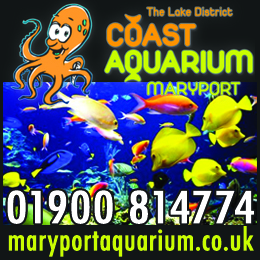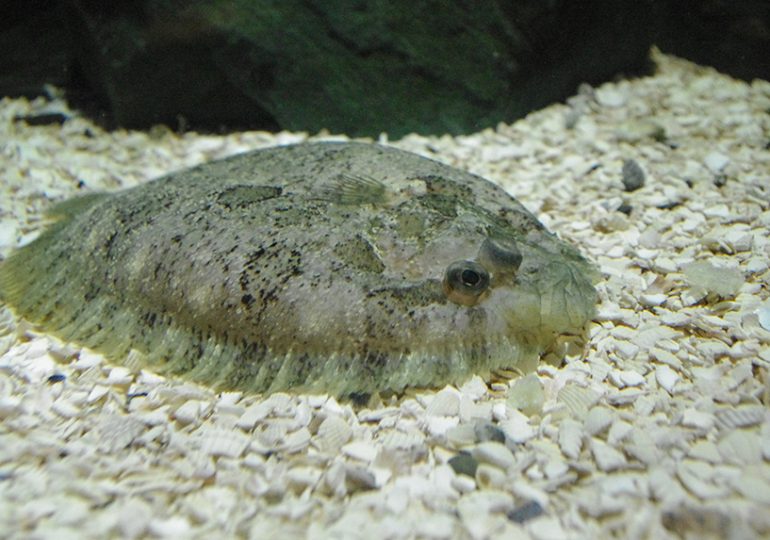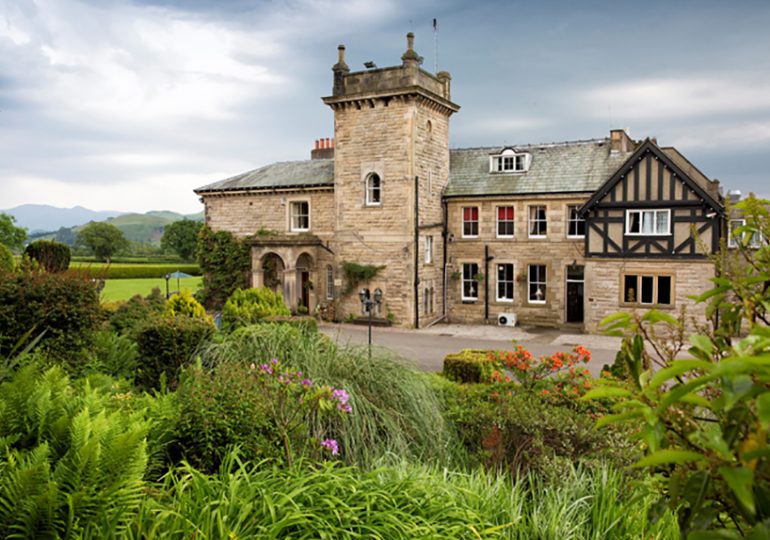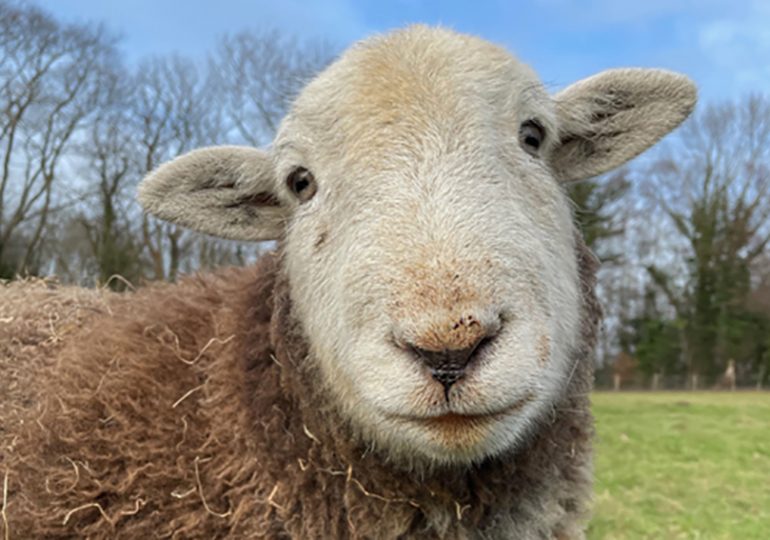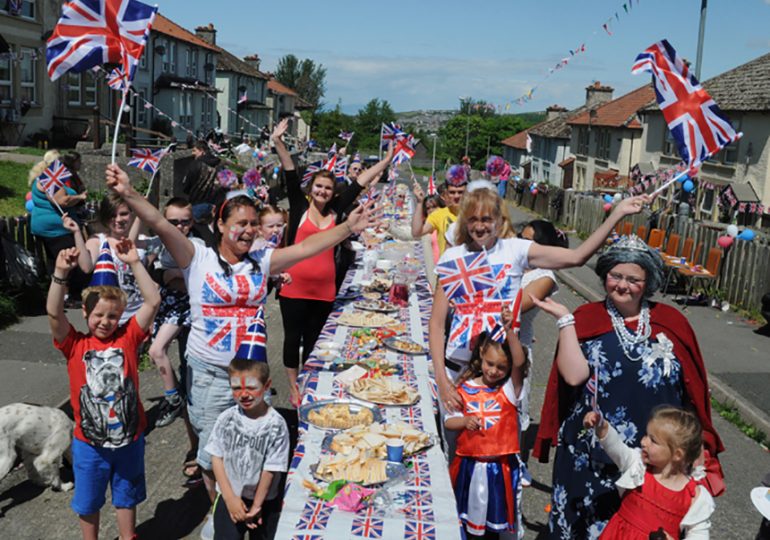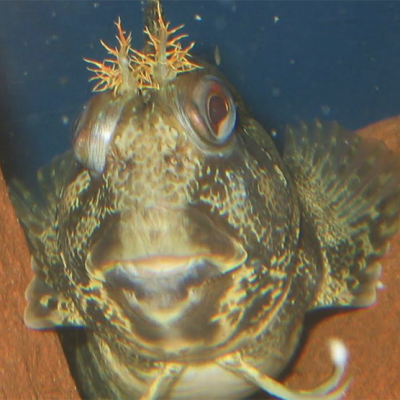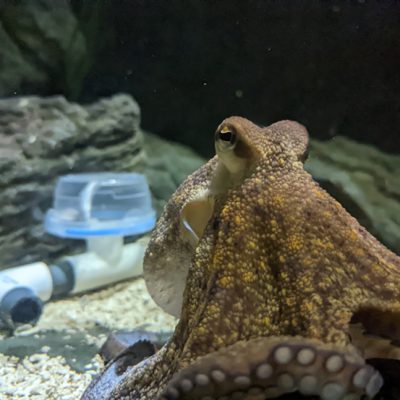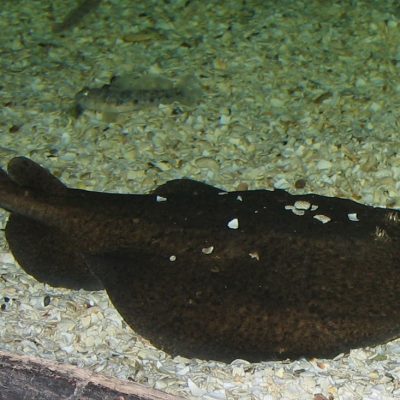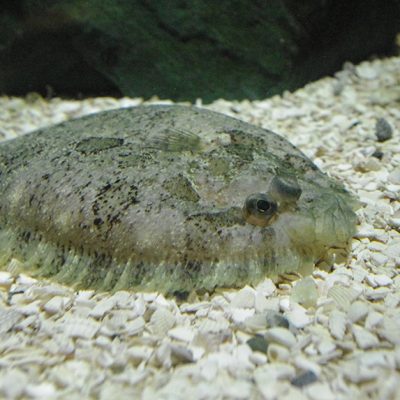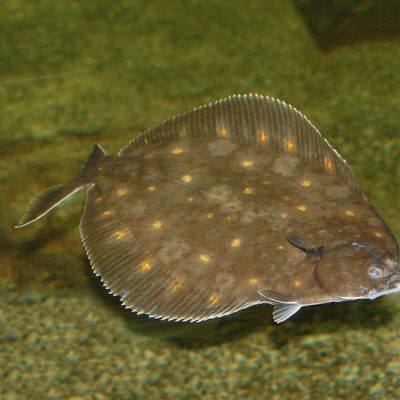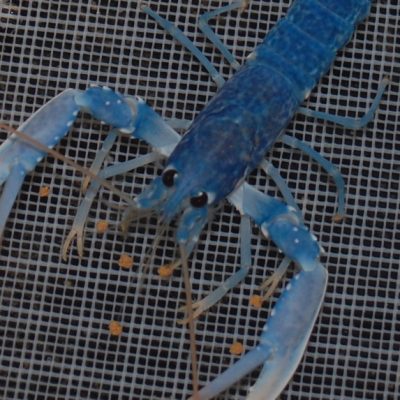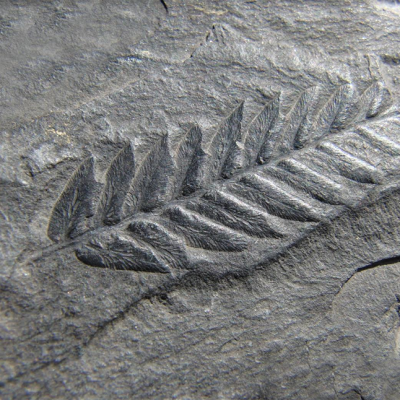70. The Ballan Wrasse – Wildlife of The Solway

70. The Ballan Wrasse (Labrus bergylta) – Wildlife of The Solway
The Ballan is the largest of several Wrasse species found around the UK , inhabiting rocky reefs down to 50m, particularly when Kelp seaweed forests are present.
When they are small their colouration changes to better match their surroundings, so various shades of green are most common. As they mature, growing over many years up to 50cm and 3-4 kg, they can be shades of brown and red with white spots, some of them absolutely stunning to see.
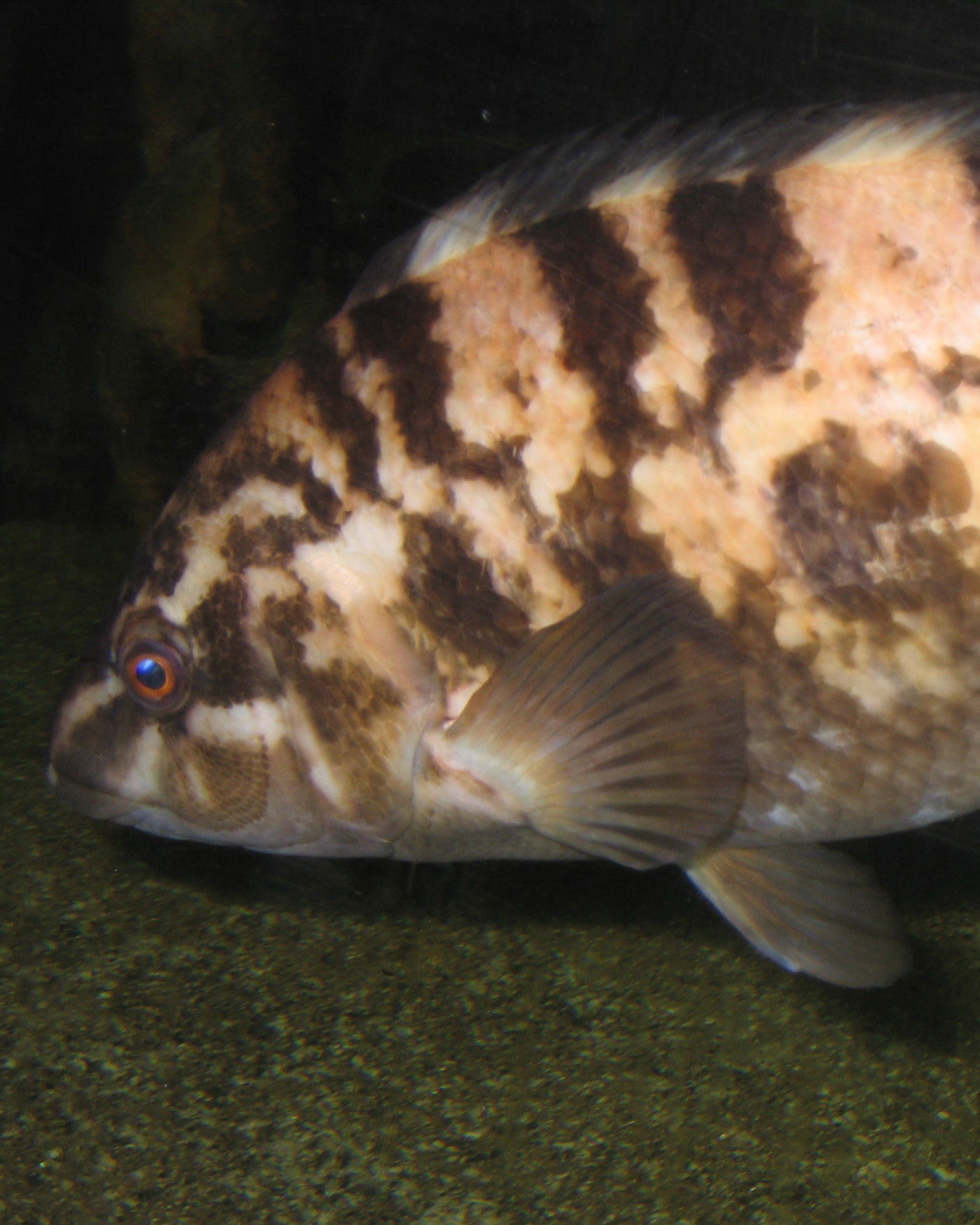
Their diet consists of shellfish and crustaceans so their small mouths are equipped with not just one set of sharp teeth at the front, but a second set of pharyngeal teeth further back that can crush shells of prey like small crabs.
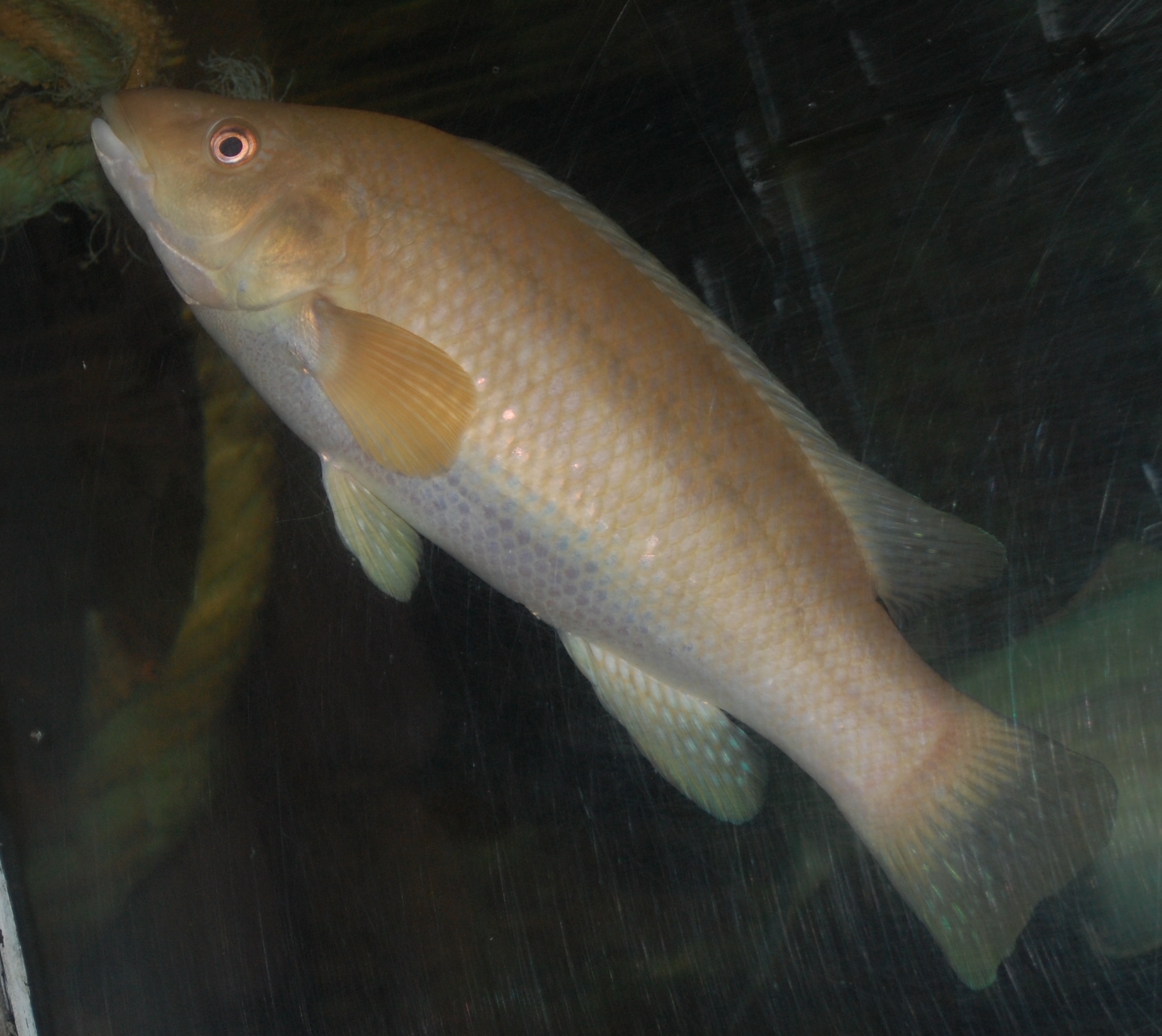
Their preferred diet has made them suitable for use in fish farms where they are introduced by the million to consume the sea lice that plague the flanks of captive Salmon. This practice means less use of highly toxic chemicals, and demand means that Ballan Wrasse are farmed themselves.
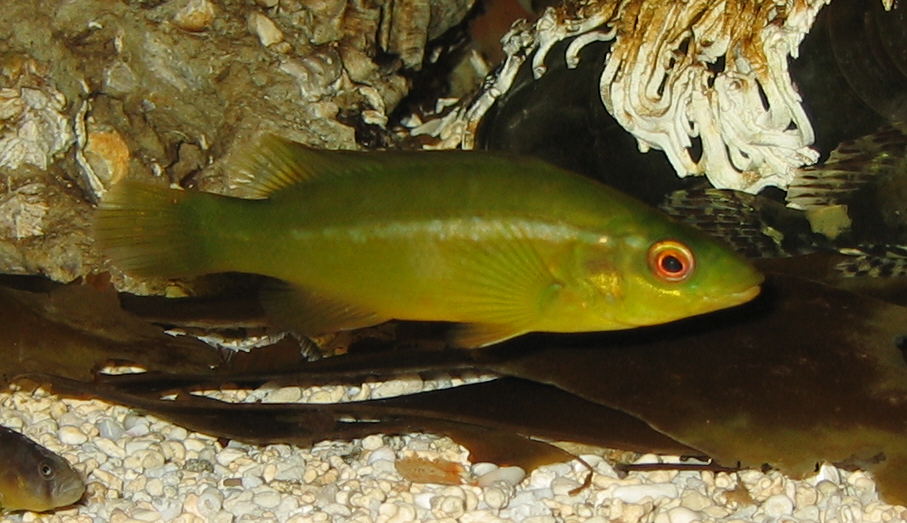
Here at the Aquarium in Maryport we always have some on display, both from fish farms and some from the wild. Ballan Wrasse are protogynous hermaphrodites ( remember that word to impress friends!) meaning that all start life as females, with some changing into males later in life. Eggs are laid in rock crevices packed with seaweed and guarded by the male fish until hatched.
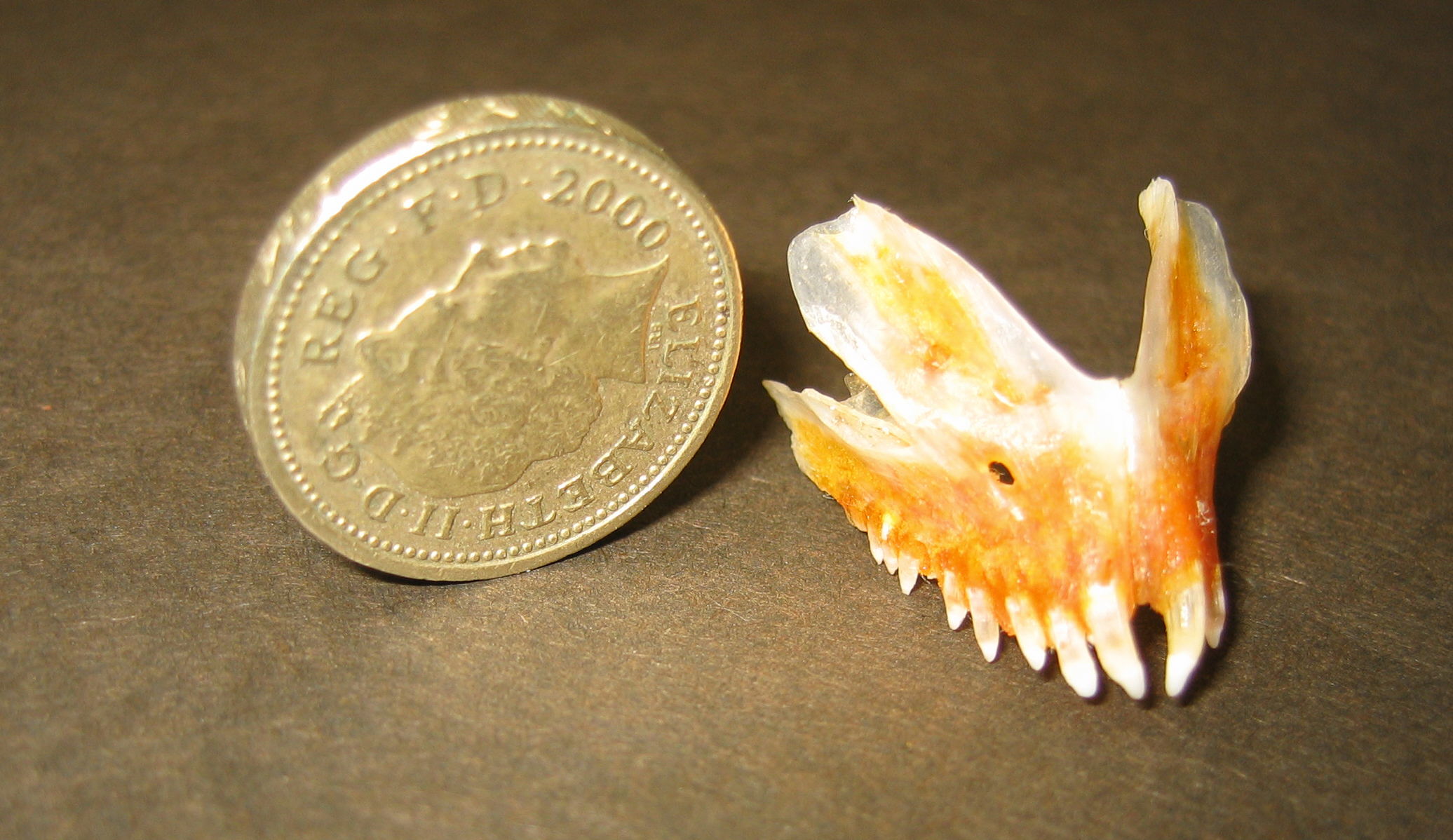
Share It:


